Energy-integrated products curb emissions by embracing clean energy
June 9, 2023 2:54 pm
Kishore Patil, Country Head from Trane Technologies, said that sensor data analysis detects maintenance needs that promote sustainability, resulting in enhanced effectiveness, reduced energy waste, and extended equipment lifespan for manufacturing facilities.
How does HVAC technology empower sustainability in manufacturing units?
Trane strongly emphasises sustainability and employs HVAC technology to support eco-friendly practices in manufacturing facilities. Trane’s HVAC systems prioritise energy efficiency to minimise waste and optimise energy usage. Trane incorporates innovative technologies like variable speed compressors, energy recovery systems, Earthwise system designs, and advanced controllers to achieve this objective. These advancements enable manufacturing facilities to reduce operational costs and their environmental impact by enhancing energy efficiency.
Trane incorporates renewable energy sources such as solar and geothermal power into their HVAC products, enabling manufacturing facilities to decrease their reliance on fossil fuels and minimise greenhouse gas emissions. Trane takes a comprehensive approach to the entire lifecycle of HVAC systems, considering factors from production to disposal. They prioritise waste reduction, employ environmentally friendly production techniques, and promote responsible disposal practices. Trane actively supports equipment recycling, responsible component management, and environmentally friendly refrigerants to advance sustainability in manufacturing. The company offers products that integrate renewable energy, allowing manufacturing facilities to adopt clean energy solutions and reduce their reliance on fossil fuels while also lowering greenhouse gas emissions.
Trane leverages data analytics and monitoring tools to optimise the design and operation of HVAC systems. By analysing sensor data, identifying inefficiencies, and detecting maintenance needs, Trane promotes sustainability, resulting in improved efficiency, reduced energy waste, and extended equipment lifespan for manufacturing facilities.
Can you talk about current practices that can help decrease carbon emissions from a manufacturing perspective?
Trane is committed to being a leader in addressing climate change and is actively driving transformative changes across the industry. Through its ambitious 2030 Climate Commitments, which align with the United Nations Sustainable Development Goals and the Paris Climate Agreement, Trane strives to achieve net-carbon-neutral operations and reduce customer emissions by an impressive 1 billion tons. Trane aims to accomplish this by implementing accelerated refrigerant transition, innovating system-level energy efficiency, and promoting electrification. By focusing on these three crucial elements, Trane aims to support India’s ambitious emission reduction targets and assist manufacturing industries in achieving their sustainability goals. These efforts are believed to significantly impact reducing carbon emissions from buildings and contributing to a more sustainable future.
Refrigerant transition management
Trane focuses on developing HVAC solutions with next-generation low Global Warming Potential (GWP) refrigerants to improve building efficiency. Their low GWP chillers are sold in over 30 countries, even where regulations are not in place. Trane also leads in finding innovative methods to collect and safely dispose of old high-GWP refrigerant gases.
Addressing system-level energy efficiency
In addition to equipment offerings, Trane provides comprehensive services to maximise system-level energy efficiency while meeting user expectations for climate experience and air quality. By offering connected and coordinated solutions for buildings, homes, and transport fleets, Trane enables building operators to increase their margins and helps homeowners save on expenses.
System HVAC Optimisation = equipment working only when as much as it needs to. Controls paired with building automation help reduce or even eliminate energy waste. This also drives down the emissions intensity of a building, home, or transport trailer.
Electrification of heating refrigeration
Various technologies can improve buildings’ energy efficiency and reduce carbon emissions. This involves a holistic approach that decreases energy demand and fossil fuel usage and embraces renewable energy sources. Examples include heat pumps replacing fossil fuel boilers, thermal energy storage, and connected building controls. The global demand for residential air conditioning in India is rising. Homes contribute 25% of carbon emissions worldwide. By adopting higher-efficiency HVAC systems and promoting energy-saving habits, greenhouse gas emissions in homes can be reduced by up to 20 percent.
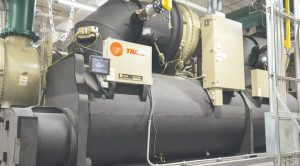
How do these practices help in reducing carbon footprint?
Sustainability is ingrained in every aspect of Trane’s business. From our people and operations to our products and services, we prioritise minimising environmental impact. We recognise that customers now seek advanced technologies like low global warming potential refrigerants and energy-efficient solutions. Our service offerings are fully aligned with our global strategy, playing a crucial role in reducing environmental footprints.
Each state has distinct weather conditions and heating/cooling needs. It’s encouraging to witness growing customer awareness, leading to a demand for HFO-based products as sustainable solutions, and the phased-out actions for HFC-based products take effect. Cost and environmental consciousness drive individuals and businesses, positioning energy-efficient HVAC systems favourably. The future holds vast growth opportunities for new technologies and customer-centric operating models. Sustainable products gain momentum as the focus on going green and improving efficiency intensifies.
Several factors contribute to the growing demand, including favourable policies for manufacturers (MSMEs)/PLI schemes, increased disposable income, and investments in commercial, industrial, and residential infrastructures. Trane excels in two areas of innovation, delivering value to the industry and designing energy-efficient products and solutions to meet high energy-efficiency standards for B2B segments. Secondly, leading the industry by applying no ozone depletion and low GWP refrigerants in our equipment, driving a significant shift towards low GWP solutions.
How do AL, ML help in promoting sustainability in the HVAC industry?
Artificial Intelligence (AI), Machine Learning (ML), robotics, and other emerging technologies play a significant role in fuelling the transformation of Indian industries, including the HVAC industry, and promoting sustainability. Here are some ways these technologies contribute to the transformation and sustainability of the HVAC sector.
Energy efficiency can be achieved by leveraging AI and ML algorithms to analyse HVAC system data, including temperature, humidity, occupancy patterns, and weather forecasts. Through continuous learning from data, AI algorithms can make real-time adjustments to HVAC settings, minimising energy waste and resulting in substantial energy savings and a reduced carbon footprint.
Utilising AI and ML, predictive maintenance can monitor HVAC equipment and proactively identify potential issues. By analysing sensor data for trends and anomalies, algorithms enable timely maintenance, reducing the risk of unexpected failures. This approach minimises downtime, prolongs equipment lifespan, and decreases energy waste caused by malfunctioning or inefficient systems.
Smart HVAC controls can adjust operations based on current conditions and occupant preferences. These systems utilise sensors, occupancy data, and AI algorithms to optimise temperature, airflow, and ventilation rates in different zones within a building. These controls ensure comfort while minimising energy consumption by avoiding unnecessary cooling or heating of unoccupied spaces.
AI and ML technologies can monitor and improve buildings’ indoor air quality (IAQ). By analysing data from air quality sensors, AI systems can detect contaminants, CO2 levels, and ventilation rates. This information enables automatic adjustments to HVAC settings, triggering maintenance or air filter replacement alerts and facilitating long-term IAQ enhancements.
Robotics and automation have the potential to revolutionise the HVAC industry by automating tasks such as system inspection, maintenance, and cleaning. Equipped with sensors and AI capabilities, robotic machines can navigate complex environments, detect issues, and perform maintenance tasks more efficiently and accurately than humans. This advancement can enhance system performance, reduce labour costs, and improve service quality.
AI and ML enable the HVAC industry to make informed decisions based on data. By analysing extensive historical and real-time data, these technologies uncover trends in energy consumption, system performance, and occupant behaviour. These insights assist companies in developing sustainable strategies, implementing energy-saving solutions, and optimising HVAC operations.
AI and ML technologies play a significant role in designing and constructing HVAC systems by enabling engineers to model and enhance energy performance. Energy efficiency and sustainability can be maximised through algorithms and computer modelling even before construction begins. This improves system design, equipment selection, and layout, contributing to overall energy efficiency and sustainability goals.
Integrating AI, ML, robotics, and other advanced technologies empowers companies in India to enhance sustainability, reduce energy consumption, enhance interior comfort, and optimise the efficiency and performance of HVAC systems.
What are the key challenges faced by the HVAC industry in India when it comes to modernising manufacturing facilities? The modernisation of manufacturing facilities in the HVAC industry in India faces several challenges. Some of the major challenges include the following.
Adopting modern technology in the HVAC industry often requires significant capital investment, which can pose a challenge for small and medium-sized businesses (SMEs) in India. The costs associated with acquiring and installing advanced machinery, robotics, automation systems, and digital technologies can be significant barriers for SMEs.
Implementing modern technology in the HVAC industry requires a skilled workforce capable of operating, maintaining, and troubleshooting advanced machinery and systems. The HVAC sector faces challenges in India due to a need for more competent labour and specialised training. It is essential to establish adequate training programs and initiatives to address this issue and ensure a trained workforce for the modernisation process.
The successful implementation of modernisation efforts in the HVAC industry often relies on reliable infrastructure and connectivity, including power supplies, internet access, and data networks. However, in many parts of India, particularly rural areas, connectivity and infrastructure development challenges can hinder the seamless integration of cutting-edge technology.
The HVAC industry in India operates under a complex regulatory environment with stringent compliance standards. Manufacturers seeking to upgrade their facilities face challenges in adapting to evolving laws, certifications, and requirements related to safety, environmental impact, and energy efficiency. Meeting these regulatory obligations can be daunting for companies looking to modernise their operations.
Implementing new technology in manufacturing requires significant cultural and procedural shifts. Overcoming resistance, improving knowledge, and effective change management are essential for successful implementation. Moreover, integrating modern technology across the HVAC supply chain challenges compatibility and communication between suppliers, manufacturers, and contractors.
To overcome these challenges, collaboration among stakeholders, government support, skill development programs, R&D initiatives, and awareness campaigns are needed to promote modernisation in the HVAC industry.
How does your company’s commitment to sustainability, verified by the Science Based Targets Initiative (SBTi)?
As a global leader in climate innovation, we are dedicated to pushing the boundaries of what is possible for a sustainable world. Our ambitious greenhouse gas (GHG) reduction targets have been verified by the Science Based Targets Initiative (SBTi). Being the first in our industry to have our targets verified by SBTi and one of only 47 companies globally to achieve this recognition twice demonstrates our commitment to sustainability.
2019 we made a 2030 sustainability commitment to further our sustainability goals. This includes reducing customer greenhouse gas emissions by one gigaton and achieving carbon-neutral operations. We are also committed to promoting diversity and inclusion, achieving gender parity in leadership and fostering workforce diversity reflective of our communities. Additionally, our community initiatives support equitable education and pathways to green and STEM careers.
Through our endeavours, we are driving the decarbonisation of buildings, industries, and the cold chain, aligning with our core business strategy. Our sustainability commitment aims to generate positive outcomes for the environment, society, and business performance, ensuring premier financial results.
Cookie Consent
We use cookies to personalize your experience. By continuing to visit this website you agree to our Terms & Conditions, Privacy Policy and Cookie Policy.



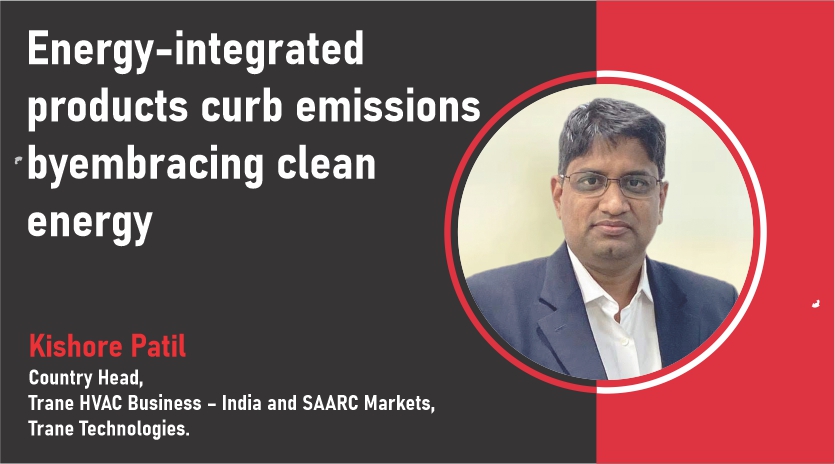
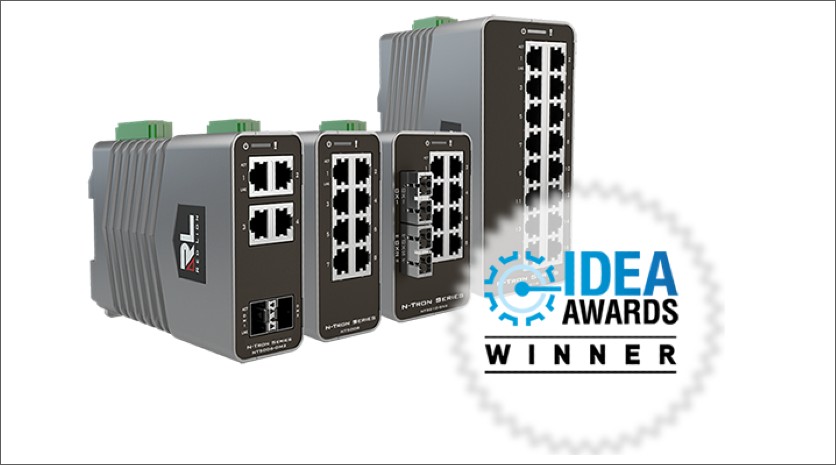
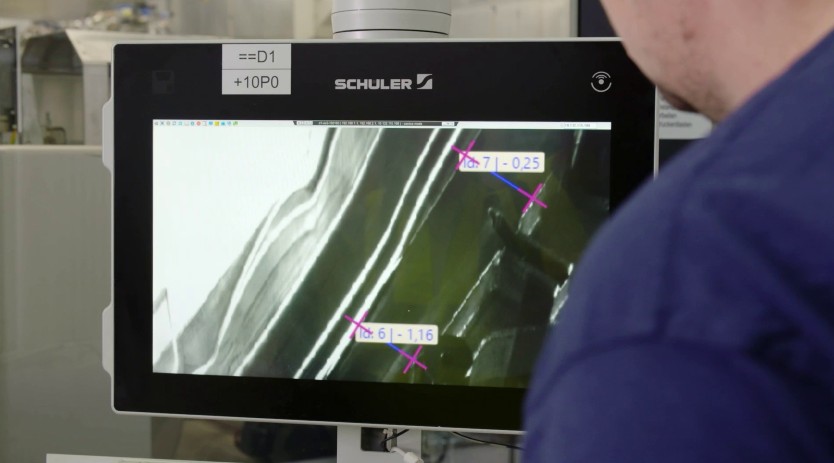
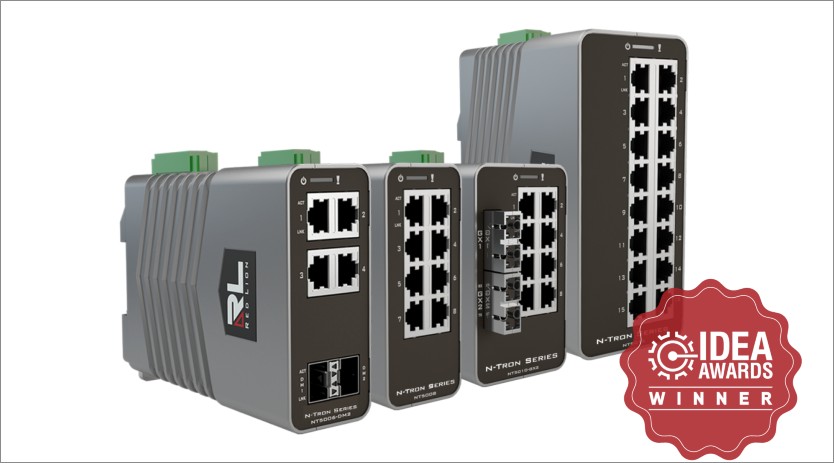

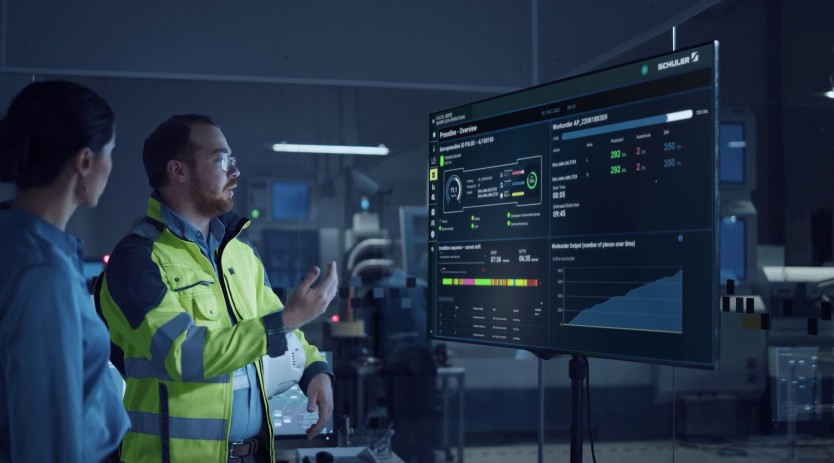
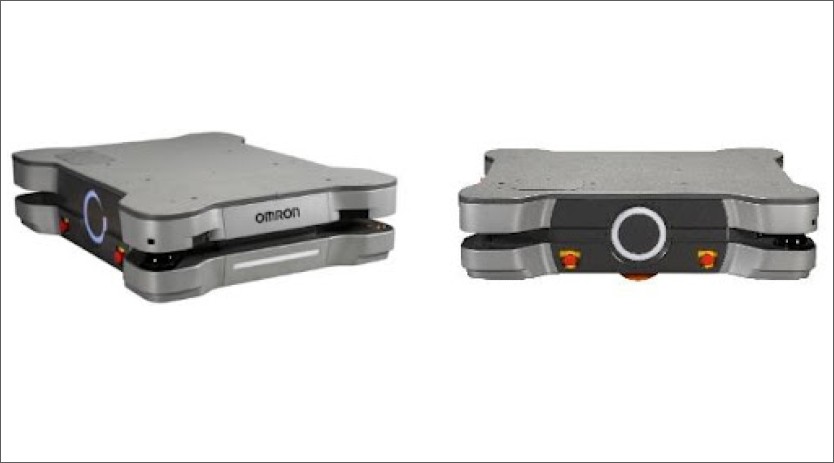
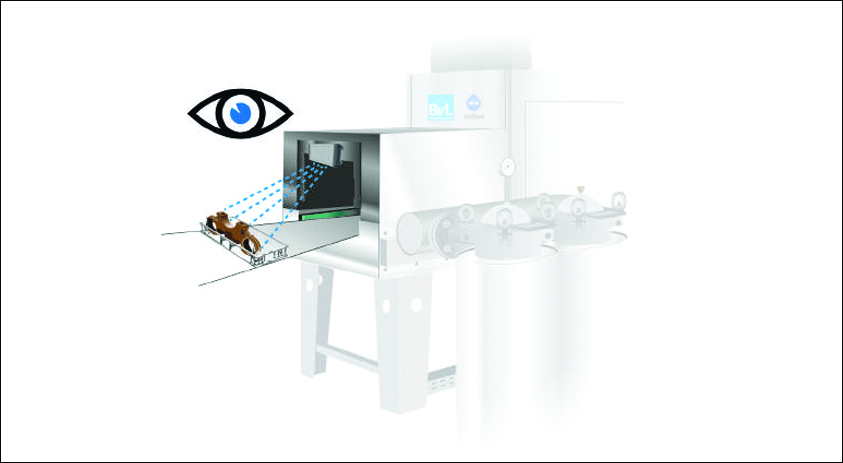






 English
English Hindi
Hindi